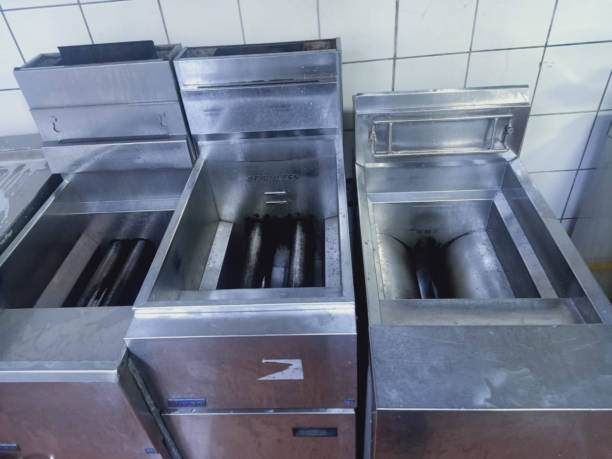The Ultimate Guide to Deep Cleaning Grease Traps in Commercial Kitchens
Welcome to our ultimate guide on deep cleaning grease traps in commercial kitchens! As cleaning professionals, we understand the importance of maintaining a clean and efficient kitchen, especially when it comes to grease traps. Grease traps are essential in preventing grease buildup and clogs in plumbing systems, which can lead to costly repairs and health code violations.
In this guide, we will walk you through the steps of deep cleaning grease traps in commercial kitchens, ensuring that your kitchen remains clean, safe, and up to code. So grab your cleaning supplies and let’s get started!
Step 1: Safety First
Before you begin the deep cleaning process, make sure to wear protective gear such as gloves, goggles, and a mask to protect yourself from harmful fumes and bacteria. Safety should always be the top priority when dealing with grease traps.
Step 2: Remove the Lid
Carefully remove the lid of the grease trap and set it aside. Be prepared for a strong odor as you uncover the grease trap, as the accumulated grease and food debris can emit a foul smell.
Step 3: Scoop Out the Grease
Using a scoop or shovel, carefully remove the solidified grease and food particles from the grease trap. Dispose of the waste properly according to local regulations. Make sure to scrape the sides and bottom of the trap to remove any remaining residue.
Step 4: Clean the Trap
Once you have removed the solid waste, it’s time to clean the grease trap. Use a degreaser or enzyme-based cleaner to break down the remaining grease and grime. Scrub the trap thoroughly with a brush to ensure that it is completely clean.
Step 5: Rinse and Replace
After cleaning the grease trap, rinse it thoroughly with hot water to remove any remaining residue. Once the trap is clean, replace the lid and ensure that it is securely in place.
By following these steps, you can ensure that your grease trap is clean and functioning properly, preventing costly repairs and health code violations. Remember to schedule regular deep cleanings to maintain the cleanliness of your grease trap and keep your kitchen running smoothly.
Deep cleaning grease traps in commercial kitchens is essential for maintaining a clean and efficient kitchen. By following our ultimate guide, you can ensure that your grease trap is clean, safe, and up to code. So roll up your sleeves and get ready to tackle that grease trap.



